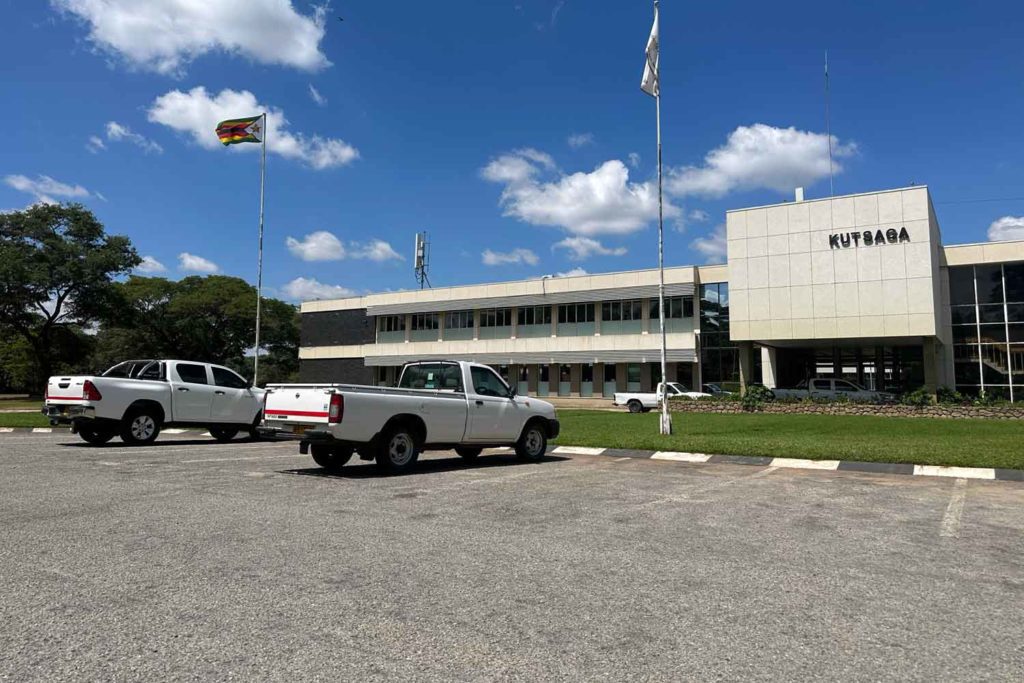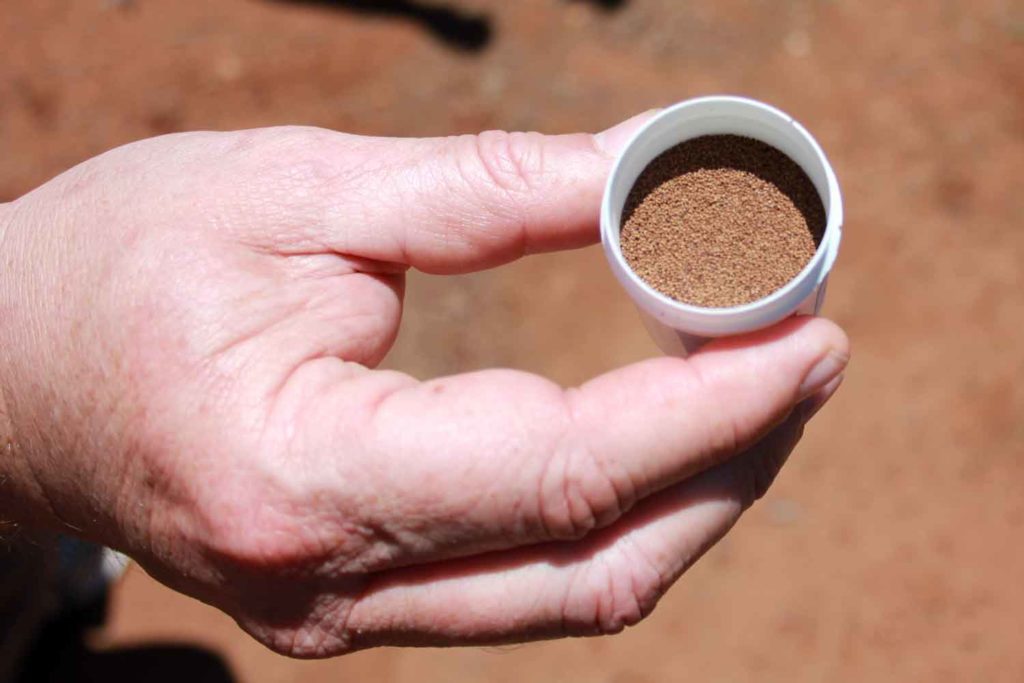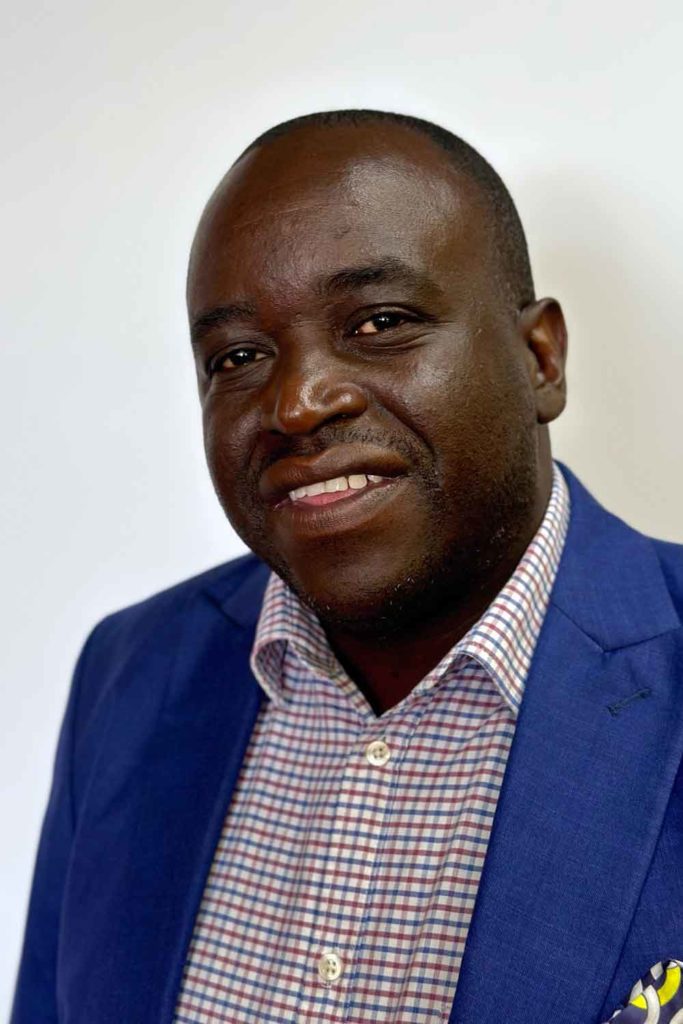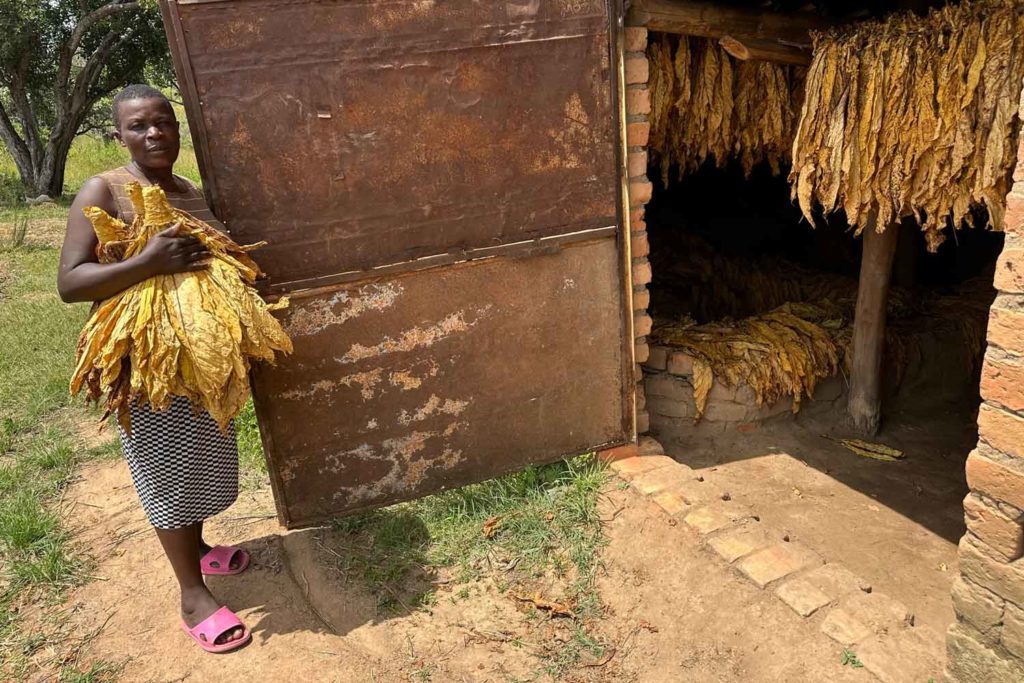The Scientific Approach
- Also in TR Leaf Print Edition Special Report
- May 1, 2023
- 0
- 8 minutes read


Boosting Production Through Innovation
By Taco Tuinstra
The tobacco transformation plan aims to boost production without expanding the farmer base or laying claim to significantly more farmland (see interview with Minister of Agriculture Anxious Masuka). To help the government achieve its objectives, the Tobacco Research Board (Kutsaga) (TRB) is developing improved seed varieties, innovating to reduce post-harvest losses and creating education programs for tobacco growers.
According to TRB CEO Frank Magama, the key to sustainable growth is improving yields. Just recently, the TRB released four new flue-cured tobacco varieties developed for marginal growing areas in the south of Zimbabwe, which is dryer than the rest of the country. With traditional tobacco varieties, farmers in that region have been getting yields of about 1,100 per hectare. Magama hopes the new varieties will boost that number to 2,500 kg per hectare.
The varieties have been issued on a so-called limited-release protocol. “We allow 20 farmers to grow one hectare each so we can get more data and learn whether the new varieties are suitable,” says Magama. If, in consultation with the growers, the breeders are satisfied with the results, they will move to the next stage of the trials. In the second season of evaluation, the TRB will distribute seed for these varieties among a larger number of farmers for further testing. In addition, tobacco merchants will test-smoke cigarettes manufactured with tobacco from the new varieties to make sure they deliver the desired flavor. Altogether it will take between three years and four years from the start of the trials until the new varieties will be available to all growers in the targeted areas.

Reducing Losses
The TRB is also looking at reducing post-harvest losses. According to Magama, smallholder farmers may lose up to 50 percent of their crops due to inadequate handling. “If you look in the field, it may be a 3 ton crop,” he says. “But what goes to auction is perhaps 1.5 tons.”
The problem starts before the tobacco even leaves the farm. After curing, the leaf is very brittle, and to prevent breakage while moving the leaf from the curing barn to the shed, it must be conditioned. Ideally, this is done with a misting system, but this requires piping and electricity, which are often unavailable in the rural areas. So small-scale farmers may just use boiling water, which doesn’t generate the proper mist. As a result, a needlessly high share of good tobacco ends up as scrap that may sell for perhaps $0.10 per kg—or, more likely, end up as compost.
“It’s an issue of infrastructure,” says Magama. In partnership with a tobacco equipment manufacturing company, the TRB evaluated a portable firewood steam boiler for tobacco conditioning. This portable unit can be moved from barn to barn and also to grading facilities with ease and without a need for extension pipes. “If we solve that aspects of losses, we can significantly boost yields.”

We hope that eventually hemp can be grown on tobacco farms, either as a rotation crop with tobacco or eventually as an alternative to tobacco.
At the same time, Kutsaga is working to reduce the amount of wood required for tobacco curing and other farm activities. The shift from commercial growing (which uses mostly coal as a curing fuel) to smallholder production has put considerable pressure on Zimbabwe’s forest cover. Innovations such as the rocket barn and Kutsaga’s counter-current barn use up to 50 percent less wood than conventional barns. And while the rocket barn is comparatively expensive, Magama believes farmers can significantly reduce its cost through materials substitution, by making their own bricks, for example.
The TRB has also been distributing eucalyptus tree seedlings to farmers but with mixed success. Tobacco growers are not always keen to plant trees on land that could be used for other crops. So the board is also working with schools in rural areas. “We donate seedlings and presented it as an educational and commercial opportunity,” says Magama. Tending to the trees is light work—you will need to protect them against termites, for example—and within three years to four years, the schools will have timber that they can sell to tobacco farmers and other users. “The initiative with the schools has gotten a lot more traction than working directly with tobacco growers,” says Magama.

Model Farm
Another way to improve tobacco yields is through education and training. This is extensively done through what Kutsaga terms tobacco improved productivity sites (TIPS), where training is done on farms in selected tobacco-growing areas. Farmers from the area are provided with all the necessary inputs and then trained year-round on these sites. The TRB is currently also building a 6 ha model farm at its Kutsaga Station to teach tobacco growers good agricultural practices: How do you properly rotate tobacco and food crops, and what else can you cultivate on your farm? “We are also doing this to prepare growers for a future with less smoking,” says Magama. Upon completion of construction of the facility, the TRB will select a grower to live and work full time on the farm with his family. Supported by the best agronomic advice, this farmer will then become a visual model for other growers to emulate.
Meanwhile, the TRB itself is adjusting to a changing market with declining cigarette consumption. Following the legalization of industrial hemp and cannabis for medicinal use in Zimbabwe in 2019, the board has set up three stations for hemp research. According to Magama, it would be relatively easy for tobacco farmers to get into hemp. “We hope that eventually hemp can be grown on tobacco farms, either as a rotation crop with tobacco or eventually as an alternative to tobacco,” he says. Kutsaga is also investigating crops such as stevia and chia.
Looking further ahead, Magama would like the TRB to venture into biopharming, using tobacco to develop compounds of value, such as pharmaceuticals or vaccines. He hopes some of the board’s current innovations will help generate money to fund the modern labs required for such endeavors. For the time being, it remains a dream only. If it becomes reality, however, it will provide an unrivaled boost to Zimbabwe’s effort to extract more value from its tobacco business.

